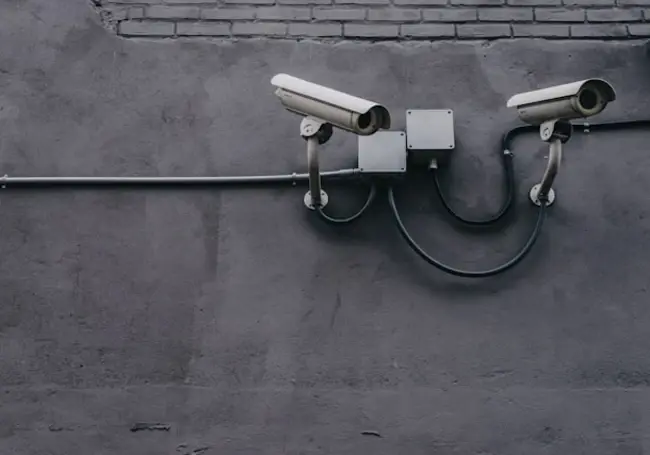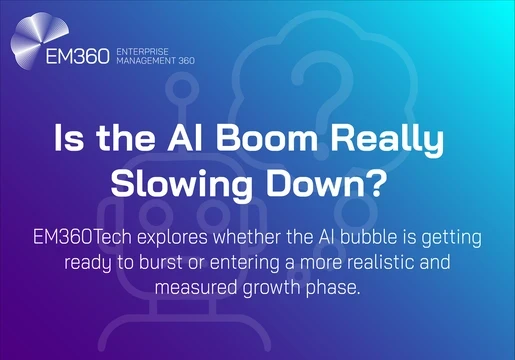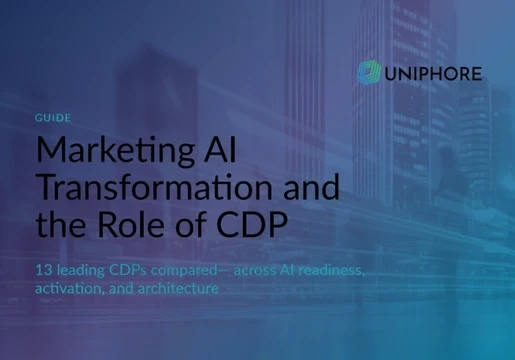In the shadowy corners of the digital landscape, a technological revolution is brewing—one that threatens to transform the very nature of cybersecurity. Artificial intelligence has become a double-edged sword, offering unprecedented capabilities to both defenders and attackers. As businesses grapple with this new reality, the question is no longer whether AI-driven cyber attacks will emerge, but how quickly organizations can adapt to survive.

The Changing Face of Digital Warfare
Imagine a battlefield where the enemy can think, learn, and adapt in milliseconds. Traditional cyber threats were predictable, following recognizable patterns that security teams could anticipate and block. Today's AI-powered attacks represent something entirely different—intelligent, dynamic, and terrifyingly sophisticated.
Consider the evolution: Where human hackers once manually probed for vulnerabilities, AI systems now conduct comprehensive network reconnaissance in fractions of a second. These intelligent systems don't just attack; they strategize, analyzing an organization's entire digital ecosystem to identify the most vulnerable entry points.
Anatomy of an AI-Powered Cyber Attack
The modern cyber attack is a complex, multi-stage orchestration that bears little resemblance to previous generations of digital threats. Let's dissect a hypothetical scenario that illustrates the terrifying potential of AI-driven infiltration:
Stage 1: Intelligent Reconnaissance
Traditional attacks began with manual network scanning. AI-powered attacks leverage machine learning algorithms to:
- Map entire organizational network architectures
- Identify potential security vulnerabilities
- Analyze communication patterns
- Predict likely defense mechanisms
A sophisticated AI system might spend mere milliseconds creating a comprehensive blueprint of an organization's digital infrastructure, identifying weaknesses that would take human hackers weeks or months to discover.
Stage 2: Dynamic Vulnerability Exploitation
Gone are the days of one-size-fits-all attack strategies. AI-driven attacks adapt in real-time, shifting approach based on instantaneous analysis:
- Automatically generating unique malware variants
- Bypassing traditional detection mechanisms
- Mimicking legitimate network traffic
- Continuously evolving attack vectors
Imagine an intelligent system that can create thousands of malware variants per second, each subtly different, designed to slip past even the most advanced security filters.
Stage 3: Persistent and Adaptive Infiltration
Unlike traditional attacks that rely on brute-force methods, AI-powered infiltrations operate with surgical precision:
- Establishing multiple hidden access points
- Creating complex, interconnected compromise pathways
- Maintaining persistent network presence
- Continuously expanding access privileges
The most terrifying aspect? These systems can operate undetected for months, slowly expanding their network foothold while remaining invisible to traditional security monitoring.
Real-World Implications
The theoretical becomes frighteningly real when we examine actual cybersecurity incidents. Organizations across multiple sectors have already experienced the devastating potential of AI-enhanced attacks:
Financial Services
Banks and financial institutions represent prime targets. AI systems can:
- Analyze transaction patterns to create undetectable fraud schemes
- Generate sophisticated phishing communications
- Predict and exploit specific institutional vulnerabilities
- Manipulate trading algorithms
Healthcare
Medical institutions face unprecedented risks:
- Potential manipulation of patient records
- Disruption of critical healthcare infrastructure
- Extraction of sensitive personal information
- Compromising life-saving medical technologies
Critical Infrastructure
Power grids, transportation systems, and communication networks face existential threats:
- Potential for large-scale systemic disruption
- Ability to identify and exploit complex interdependencies
- Risk of cascading infrastructure failures
- Undermining national security mechanisms
Organizational Preparedness: A Critical Assessment
Most businesses remain woefully unprepared for this new threat landscape. Traditional security frameworks—built on reactive models and signature-based detection—crumble in the face of intelligent, adaptive attacks.
Key Preparedness Indicators:
- Limited understanding of AI-driven threat mechanisms
- Insufficient investment in advanced defense technologies
- Lack of specialized cybersecurity talent
- Outdated security infrastructure
- Minimal adaptive capabilities
Strategic Recommendations for Survival
1. Develop AI-Native Defense Strategies
Organizations must move beyond traditional security approaches:
- Invest in machine learning-powered defense systems
- Create adaptive, real-time threat response mechanisms
- Develop comprehensive threat intelligence platforms
- Build internal AI and cybersecurity expertise
2. Cultivate a Culture of Continuous Learning
Cybersecurity is no longer a static discipline:
- Implement ongoing training programs
- Create cross-functional threat response teams
- Develop scenario-based security simulations
- Encourage proactive threat hunting capabilities
3. Embrace Technological Complexity
Modern defense requires sophisticated, multi-layered approaches:
- Implement zero-trust security architectures
- Develop comprehensive identity management systems
- Create dynamic network segmentation strategies
- Invest in advanced anomaly detection technologies
4. Foster Collaborative Defense Ecosystems
No organization can fight these battles alone:
- Develop industry-wide threat intelligence sharing
- Create public-private cybersecurity partnerships
- Support collaborative research initiatives
- Establish standardized threat response protocols
The Human Factor: Beyond Technological Solutions
While AI represents a powerful tool, human intuition and strategic thinking remain irreplaceable. The most effective defense strategies will combine technological sophistication with human creativity, strategic reasoning, and ethical considerations.
Successful organizations will develop hybrid defense teams that:
- Understand complex technological landscapes
- Possess creative problem-solving skills
- Can anticipate and strategize beyond algorithmic limitations
- Maintain ethical and strategic perspectives
Conclusion: Preparing for an Uncertain Future
The rise of AI-driven cyber attacks represents more than a technological challenge—it's a fundamental reimagining of digital conflict. Organizations that fail to adapt will become casualties in this new warfare.
Success demands more than technological investment. It requires a holistic approach that combines advanced capabilities, strategic thinking, continuous learning, and human creativity.
The battlefield has changed. The question is no longer whether your organization will be targeted, but whether you'll be prepared when it happens.







Comments ( 0 )